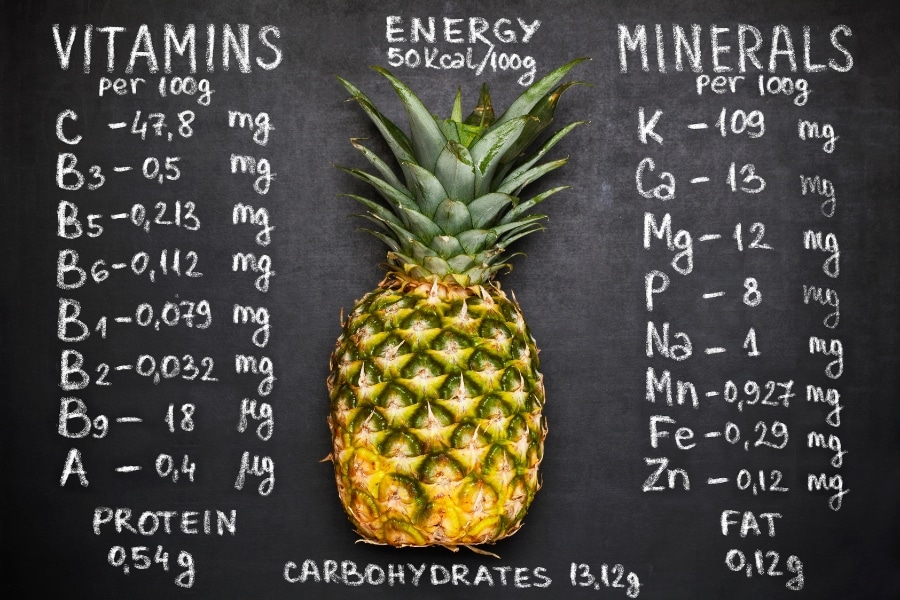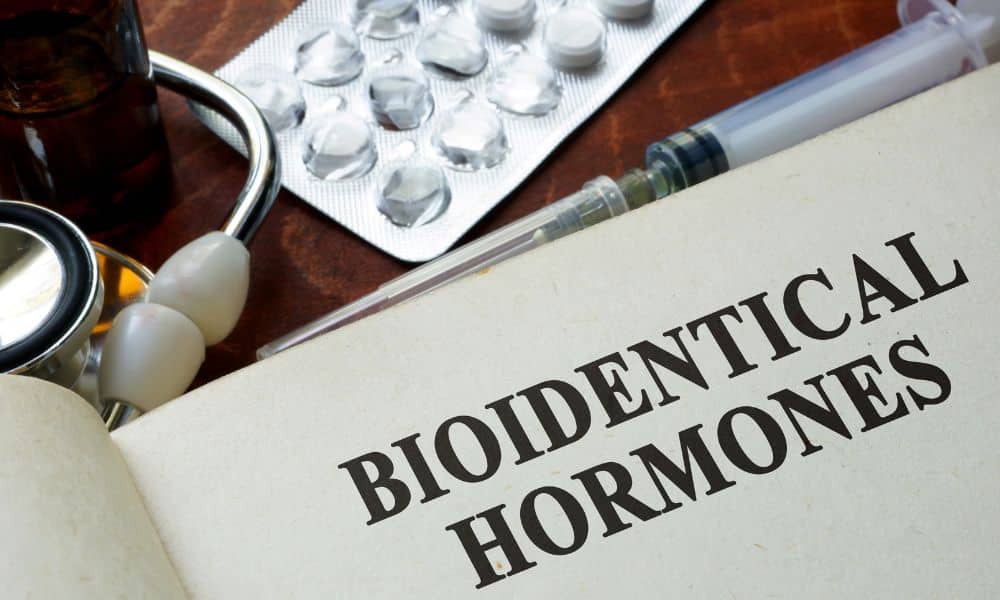What are the best vitamins, minerals, phytonutrients, and zoonutrients to meet your health and fitness needs? We’re all busy trying our best in this world, but sometimes we need a little help. That’s where vitamins, minerals, and other nutrients come into play. They can give your body the necessary service to support primary health and fitness goals. But how should you go about dieting when you don’t know what is right for you? Here are some tips on using food most effectively to get the nutrients you need to stay healthy and reach your fitness goals!
Generally, we think it’s a good idea to speak with your doctor before using supplements to support your diet.
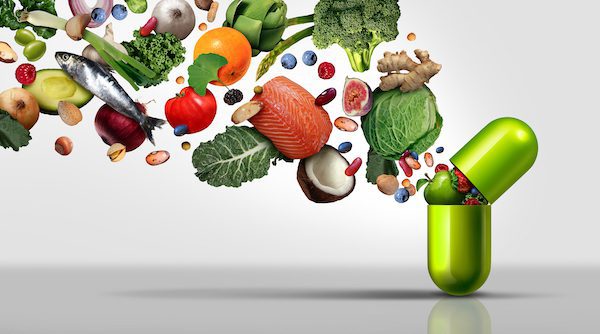
Here is a list of some common vitamins:
Vitamins are organic compounds necessary in small amounts for vital metabolic reactions. The word vitamin comes from “vital amines,” a name coined by Polish biochemist Casimir Funk that roughly meant, “I am being made healthy.” Experts later shortened it to simply vitamin.
In human nutrition, experts classify vitamins into fat-soluble and water-soluble. Water-soluble vitamins dissolve easily into water, and the body relatively absorbs them from the stomach and intestines. However, the body needs extra time and effort to dissolve fat-soluble vitamins from the stomach, so it usually absorbs them through the small intestine. Therefore, you must replenish water-soluble vitamins more often than fat-soluble vitamins because of their limited absorption time in the body.
Vitamin A –
It helps maintain eye health, supports immune function, reduces the risk of age-related macular degeneration (a disease that causes blindness), and is essential for healthy skin.
Food Source: Yellow and orange fruits and vegetables, like apricots, carrots, mangoes, pumpkin, sweet potatoes, and winter squash.
Vitamin B1 (Thiamin) –
The body uses thiamin in many basic life processes. You can find it in food, but you can also get it from certain drugs or supplements. Unfortunately, the human body does not store extra B1, so you must replenish your daily levels.
Food Sources: Meat, whole grains, legumes (beans and peanuts), nuts, seeds, yeast, eggs, seafood, green leafy vegetables, and milk.
Vitamin B2 (Riboflavin) –
The body requires it to properly function with red blood cells, nerves, muscles, the immune system, and other systems too.
Food Sources: dairy products, beef liver, brewer’s yeast, mushrooms, spinach, wheat germ, asparagus, green leafy vegetables (spinach), broccoli, almonds, peanuts, pumpkin seeds, whole grains, and some fortified cereals.
Vitamin B3 (Niacin) –
The body needs niacin to properly function with digestive enzymes that break down fats, carbohydrates, proteins, and alcohol. Niacin also helps grow cells, helps deliver oxygen to all body parts, lowers LDL cholesterol levels, and improves circulation.
Food Sources: Lean meats, fish, poultry, peanuts, beans, brown rice, whole grains (oatmeal), brewer’s yeast, molasses, milk, and green vegetables.
Vitamin B5 (Pantothenic Acid) –
The body uses in the formation of hormones, vitamin D, red blood cells, fatty acids, and metabolism.
Food Sources: Meat, whole grains, legumes, broccoli, cauliflower, dried beans, nuts, soybeans, sunflower seeds, avocados, mushrooms, and tomatoes.
Vitamin B6 (Pyridoxine) –
The body needs protein metabolism, red blood cell production, the nervous system, the immune system, and a typical central nervous system.
Food Sources: Fish, poultry, meat, soya, bananas, whole grains, green leafy vegetables (spinach), potatoes, beetroot, carrots, and brewer’s yeast.
Vitamin B7 (Biotin) –
The body metabolizes fats and carbohydrates from food for energy production. It also aids in healthy hair growth, nail growth, and strong bones.
Food Sources: Yeast, liver, egg yolks, green vegetables, soy flour, peanuts, and cauliflower.
Vitamin B9 (Folic Acid) –
The body needs it for the division and development of all cells. Therefore, it plays a vital role when cells rapidly divide (such as during infancy and pregnancy). Because of this, it is essential for pregnant women or trying to become pregnant.
Food Sources: Liver, yeast, green vegetables, legumes, whole grains, oranges, melons.
Vitamin B12 (Cobalamin) –
It is essential for proper blood formation, DNA synthesis, and fatty acid metabolism. It also helps with a healthy nervous system function.
Food Sources: Yeast, fish, poultry, meat, milk, and milk products.
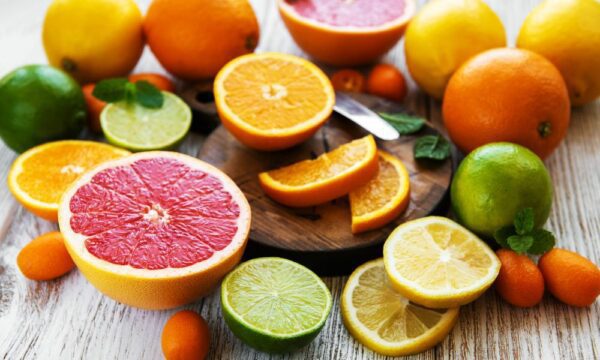
Vitamin C (Ascorbic Acid) –
It is essential for immune system function, wound healing, blood vessel health, and healthy gums. The body needs Vitamin C for collagen production, which aids in bones, teeth, skin, and blood vessel formation. It is an important antioxidant that helps protect cells against damage by free radicals. Vitamin C helps the body absorb the non-heme iron in plant foods. Also, the body needs it to make norepinephrine, dopamine, and carnitine.
Food Sources: Citrus fruits (oranges, grapefruits), peppers (red or green chili peppers), berries (raspberries, blueberries, blackberries, cranberries), tomatoes, broccoli, leafy greens (romaine lettuce, turnip greens, collards), and green and yellow squash
Vitamin D –
It helps regulate calcium levels (for strong bones), phosphorus (essential for energy release), magnesium, and zinc in the body. It’s also thought to benefit cardiovascular health, help reduces inflammation in the body, and may help reduce the risk of cognitive decline. The body needs Vitamin D for calcium absorption in the body. It also modulates immune defense. However, vitamin D deficiency can lead to bone deformities. Vitamin D can also be made in the body when the skin is exposed to sunlight.
Food Sources: Fish liver oils (cod liver oil), fatty fish (salmon, tuna, mackerel), and egg yolks
Vitamin E –
It helps protect cells from oxidation (a chemical reaction that can damage cells). The body needs Vitamin E for many life processes, including reproduction and cell growth. It acts as an antioxidant, protecting cells from oxidation damage by free radicals. As a result, vitamin E helps protect against age-related diseases such as Alzheimer’s and may help prevent certain cancers. Vitamin E in plant foods is mainly found as alpha-tocopherol.
Food Sources: Vegetable oils (olive oil, safflower oil), avocados, nuts (almonds, peanuts), and seeds (sunflower seeds, pumpkin seeds)
Vitamin F –
It is a group of fats that serve as energy sources in the body. They are produced naturally by the body, and you cannot get them from food.
Food Sources: None; the body can only make these fatty acids from other fats. For example, the primary vitamins F include linoleic acid (omega-6) and alpha-linolenic acid (omega-3).
Vitamin G –
It is a reference to vitamin B7 (biotin). The body needs it for the metabolism of proteins and fats.
Food Sources: Animal liver, yeast, egg yolks, soybeans, and cauliflower
Vitamin H –
It is a reference to vitamin B8 (Inositol). Inositol helps regulate serotonin levels in the brain.
Food Sources: Organ meats and brewer’s yeast
Vitamin I –
It is a reference to vitamin B9 (Folic acid). The body needs it for DNA synthesis and cell replication.
Food Sources: Leafy green vegetables, asparagus, avocados, legumes (dry beans or peanuts), and nuts
Vitamin J –
It is a reference to vitamin K1 (Phylloquinone). Vitamin K is needed for blood clotting and helps maintain strong bones.
Food Sources: Leafy green vegetables, broccoli, Brussels sprouts, and cauliflower
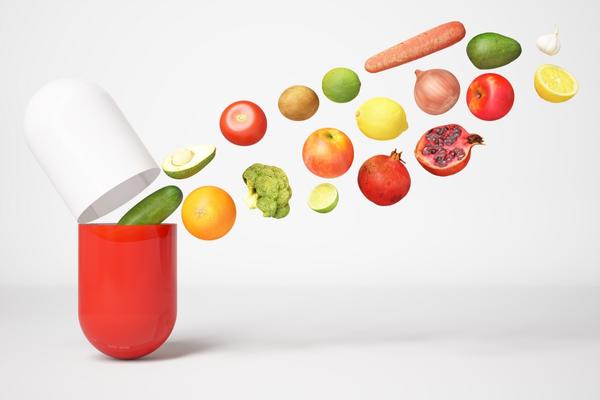
Vitamin K –
It is a reference to vitamin K2 (Menaquinone). The body needs it to maintain bone health and normal calcium metabolism. Vitamin K is necessary for blood clotting. It is also required for bone metabolism, which may help prevent osteoporosis. Vitamin K allows the body to use calcium correctly. A deficiency can lead to easy bruising or bleeding.
Food Sources: Green leafy vegetables (kale, spinach), broccoli, green peas, Brussels sprouts, and avocado
Here is a list of some common minerals:
Minerals are inorganic substances that our body needs to stay healthy. They represent a group of elements, such as calcium, potassium, sodium, and magnesium. In comparison, vitamins are organic substances that the body cannot synthesize and need to be supplied via food every day.
Because of their chemical nature, minerals can be divided into two groups, depending on the type of binding (biologically active). Macro elements, such as calcium or magnesium, are required in more significant amounts. While microelements (trace elements), such as selenium or iron, are needed in smaller quantities.
Calcium –
It is critically important for building and maintaining strong bones and teeth. It also works as a signaling ion, allowing muscles to contract and nerves to send signals. You must balance calcium with magnesium; too much calcium without enough magnesium can lead to muscle spasms.
Food Sources: Dairy products (milk, cheese, etc.), dark leafy greens (turnip greens, spinach, kale), sardines and salmon with bones, and okra
Chloride –
A little-known fact is that chloride, not sodium, is the most abundant mineral in your body. While you’ve heard of the chloride before–it’s one-half of table salt–you may not understand its importance to your health. But chloride does a lot of work, and some of its effects go beyond regulating blood pressure and water in the body. For example, chloride regulates acid-base balance in the kidneys, helping maintain normal blood pH levels.
Food Sources: Salt, fish, clams, broccoli, olives, celery, cucumbers, and cabbage are excellent sources
Choline –
Choline, a member of the B vitamin family, is essential for cell membrane health and acetylcholine breakdown. Acetylcholine is one of the most critical neurotransmitters in the body. It regulates mood, mental clarity, and memory.* Choline also helps to maintain cardiovascular functions.
Food Sources: Egg yolks (surprise), meat, fish, and dairy
Chromium –
A favorite of bodybuilders and strength athletes, chromium is a mineral that acts as a cofactor in insulin signaling. Research has linked chromium intake with improved glucose tolerance and reduced adiposity (fat tissue). In addition, chromium supports healthy mood, cognition, and memory.
Food Sources: Beef liver, brewer’s yeast, garlic, kiwifruit, and parsley
Copper –
Primarily needed for producing red blood cells and iron absorption, copper has also been called a “shake weight for your bones”–boosting bone formation and reducing breakdown. Research shows that increased copper intake correlates with bone mineral density and skeletal health improvements. Copper also supports the cardiovascular system by maintaining heart function and healthy cholesterol levels; we can even link it to prevent coronary heart disease while promoting blood vessel health.
Food Sources: Oysters (again, you didn’t see this one coming), dark leafy greens (such as kale), beans (including black and garbanzo), nuts, organ meats, sunflower seeds, and mushrooms
Copper –
Primarily needed for producing red blood cells and iron absorption, copper has also been called a “shake weight for your bones”–boosting bone formation and reducing breakdown. Research shows that increased copper intake correlates with bone mineral density and skeletal health improvements. Copper also supports the cardiovascular system by maintaining heart function and healthy cholesterol levels; we can also link it to prevent coronary heart disease while promoting blood vessel health.
Food Sources: Oysters (again, you didn’t see this one coming), dark leafy greens (such as kale), beans (including black and garbanzo), nuts, organ meats, sunflower seeds, and mushrooms
Fluoride –
Fluoride is a trace mineral that improves bone strength and tooth enamel. So it’s no surprise that fluoride also works as an anti-cavity agent–protecting your teeth from the bacteria responsible for cavity formation. Fluoride also helps to increase saliva production and stimulate GI tract function, which supports healthy digestion.
Food Sources: Fluoridated water, fish, tea (un-fermented green or white), sea vegetables (seaweed), and sardines

Iodine –
Iodine is a trace mineral vital in regulating metabolism and body temperature. It also facilitates average growth and cognitive function and the health of the thyroid gland, which produces hormones responsible for development and energy management. In addition, iodine boosts immunity while protecting you against bacterial and viral infections. The body needs it for healthy thyroid function and the production of thyroid hormones (also see my article on iodine here ). Not having enough iodine in your diet can lead to hypothyroidism.
Food Sources: Iodized salt, seaweed, fish, dairy, and eggs
Iron –
Found in every living cell of the body, iron is a central component of hemoglobin–which transports oxygen from the lungs to cells throughout the body. The body also uses it to produce neurotransmitters and myelin sheaths (which protect nerve cells). Iron deficiency has been linked to depression, poor pregnancy outcomes, impaired immune function, and ADHD. In addition, it is needed to make red blood cells that carry oxygen around the body.
Therefore, adolescent girls are most likely to need iron supplements. Iron deficiency is one of the most common nutritional problems among teenagers and young women. Around 15% of teenage girls have inadequate stores of iron in their bodies – insufficient to prevent them from feeling tired and affecting their immune system, cognitive function, and even mood.
Food Sources: Spinach, beef liver (yup), pumpkin seeds, sesame seeds, Swiss chard, cashews, kidney beans, black beans, green peas, mung beans, lima beans, and lentils
Magnesium –
This mineral is the fourth most abundant in your body and a significant player in muscle function–including the relaxation of blood vessels for proper circulation. In addition, magnesium contributes to bone strength and healthy skin. It is also involved in enzyme production, protein synthesis, and energy metabolism.
Food Sources: Spinach, swiss chard, pumpkin seeds, almonds, cashews, black beans, lentils, and soybeans
Manganese –
This mineral works as a cofactor in enzymes that regulate blood sugar levels and the metabolism of fats and carbohydrates. As a result, experts call it a “behavior regulator”–helping to stabilize mood swings and minimize stress.
Food Sources: Teas (including green, black, and white), seeds (sunflower, sesame), whole oats, bran cereal, wheat germ, nuts (especially pecans), leafy greens (such as kale, collard greens), and root vegetables
Molybdenum –
As an integral part of the enzyme sulfite oxidase, molybdenum aids in sulfur metabolism. It also supports immune function and helps to detoxify sulfites found in wine and dried fruit.
Food Sources: Broccoli, legumes (including soybeans), whole grains, peanuts, and pinto beans
Phosphorus –
An essential mineral for healthy bones and teeth, phosphorus is also involved in forming ATP (adenosine triphosphate)–which provides energy for cellular function. It’s also valuable in the production of RNA/DNA.
Food Sources: Meat, fish, poultry, dairy, soybeans, dried peas, and beans
Potassium –
Potassium is an electrolyte that works with sodium to regulate nerve impulses and muscle function. It is also crucial for regulating blood pressure, acid/base balance, sugar levels, and blood circulation, improving heart health and skin, and building strong teeth and bones.
Food Sources: Bananas, sweet potatoes, Swiss chard, white beans, lentils, tomato paste, pumpkin seeds, prune juice
Selenium –
This antioxidant mineral is crucial for the health of your thyroid gland. Selenium also helps to support immune function (particularly against viral infections) and protect cells from oxidative damage. In addition, it facilitates average growth during pregnancy and childhood, supports fertility, and may help to prevent cancer.
Food Sources: Brazil nuts, tuna, and pork.
Sodium –
Sodium is found primarily in the cells’ fluid and regulates blood pressure and water content. The body also uses it in nerve transmission and muscle contraction.
Food Sources: Table salt and iodized salt.
Sulfur –
Sulfur is most famous for its role in certain redheads’ beautiful, flowing locks. But it also performs essential functions inside cells, including detoxification and antioxidant actions.
Food Sources: Onions, garlic, and cabbage.
Vanadium –
Experts call this mineral a “blood sugar regulator” because it appears to aid insulin in transporting glucose into cells.
Food Sources: Carrots, parsnips, black pepper, and ginger root.
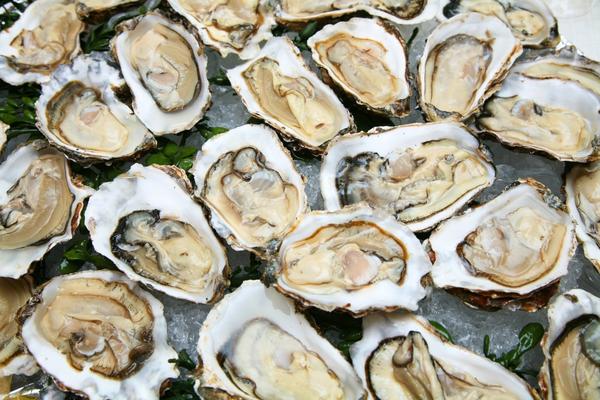
Zinc –
This mineral is involved in virtually every aspect of metabolism and overall health. It supports the immune system, helps regulate taste perception (so you can enjoy sweet things without spiking your blood sugar), works with enzymes to maintain fertility, and promotes tissue growth and wound healing. It is an essential mineral for reproductive health, immune function, development, and cell division. Zinc is also required to synthesize collagen, which is the building block of skin, so inadequate zinc is associated with poor wound healing and wrinkled skin.
Food Sources: Oysters, beef, lamb, pumpkin seeds, and pine nuts.
Here is a list of some common phytonutrients:
Phytonutrients (also known as phytochemicals) are the chemicals found in plants that help to protect them from pests, diseases, and extreme weather. They also act as antioxidants, reducing the risk of certain human chronic diseases, including cardiovascular disease, cancer, and diabetes. Although they are not essential for human survival, they offer many health benefits and can help reduce the risk of chronic diseases by:
- Acting as antioxidants to mop up free radicals and protect cells from damage
- Binding to and neutralizing harmful compounds such as those associated with tobacco smoke, cooked meats, and other pollutants
- Stimulating enzymes which remove detrimental compounds from our bodies
- Regulating the activity of enzymes involved in metabolic processes
- Triggering specific receptors, which signal cells to activate genes that control a range of functions, including cell growth and inflammation
- Manufacturing hormones and neurotransmitters, such as serotonin and dopamine, which regulate moods and appetites
- Killing bacteria or preventing bacterial infections
- Protecting DNA from damage that can lead to cancer and genetic mutations.
Isoflavones (genistein and daidzein) –
They are phytonutrients that have similar properties to estrogen, the primary female sex hormone. Many promote soy isoflavone as the new ‘superfood’ for its role in reducing menopause symptoms, acting as an antioxidant to mop up free radicals, and reducing the risk of cardiovascular disease and cancer.
Food Sources: soybeans and other legumes but also in some fruits, vegetables, spices, and nuts
Anthocyanins –
They are phytonutrients that give berries their deep red, purple, or blue color. Experts increasingly study anthocyanins for their potential role in preventing cardiovascular disease, cancer, age-related cognitive decline, and other chronic diseases. In addition, anthocyanins improve muscular function by reducing oxidative stress induced during high-intensity exercise.
Food Sources: hibiscus flowers (Hibiscus sabdariffa), purple grapes, dark plums, eggplant, black rice, red cabbage, blueberries, blackberries, raspberries, strawberries, and bilberry fruit
Catechins –
They are a class of phytonutrients, including epicatechin and procyanidins found in chocolate, green tea, oranges, and apples. They increase blood flow by opening blood vessels.
Food sources: dark chocolate, tea (black and green), apples, berries, and citrus fruits
Proanthocyanidin –
It is a class of phytonutrients that bind with other plant compounds, such as flavonoids, into larger complexes that give pigments such as red wine color.
Food sources: cocoa powder, grape seed extract, cranberry juice, strawberries, and blueberries
Lutein –
It is a phytonutrient in dark green leafy vegetables such as kale and spinach. Lutein protects the eye from macular degeneration and prevents heart disease. It decreases oxidative stress and inflammation and increases nitric oxide levels, which relaxes blood vessels.
Food sources: Kale, collards, spinach, mustard greens, turnip greens, romaine lettuce, parsley, Swiss chard, Brussels sprouts, and zucchini.
Isothiocyanate –
It inhibits tumor growth in both in vitro and in vivo studies. In addition, isothiocyanate improves muscular function by reducing oxidative stress induced during high-intensity exercise and enhancing glucose uptake into muscle cells.
Food sources: broccoli, cauliflower, cabbage, Brussels sprouts, watercress, horseradish, kale, kohlrabi, turnips, and radish
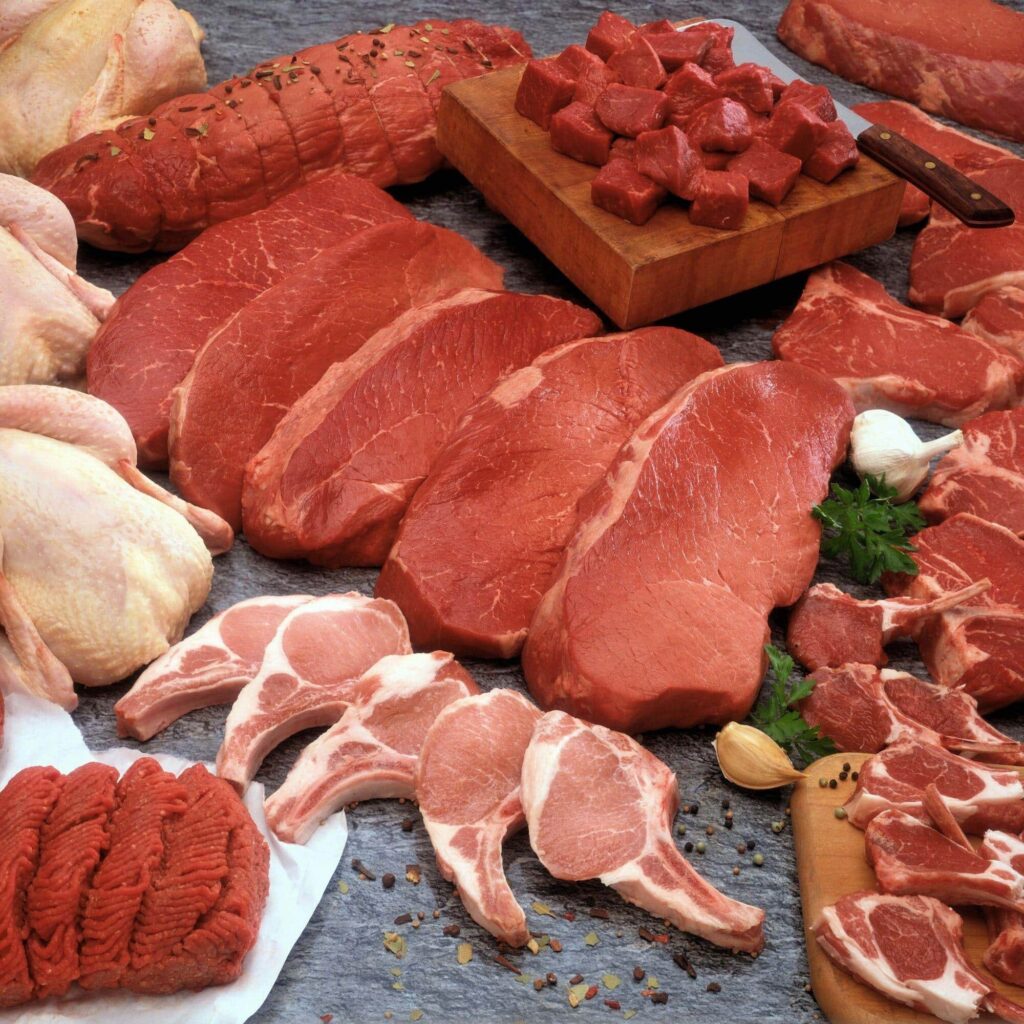
Here is a list of some common zoonutrients:
Zoonutrients are dietary substances that act synergistically with vitamins and minerals in the body to create unique nutritional effects. Whereas phytonutrients come from plants, zoonutrients come from animals. This is because animal foods, such as meat, poultry, fish, seafood, dairy products, and eggs, contain many groups of these nutrients, which plant-based foods do not provide. This is because animal cells have various organic molecules not found in plant cells. We cannot find these organic molecules in plants, but they can be derived from animal foods.
Carnitine –
Carnitine plays a role in energy production. It’s also involved in fat metabolism and muscle growth and helps transport fats into the mitochondria, where the body burns them for energy.
Food source: beef, lamb, pork, poultry, and dairy products
Carnosine –
Carnosine is a combination of the amino acids beta-alanine and histidine. It helps with muscle function in older adults, besides its antioxidant benefits.
Food source: beef, pork, and lamb
CLA –
While the exact benefits of CLA are still being researched, we know this zoonutrient plays a role in immune function and blood lipid regulation.
Food Source: beef and dairy products from grass-fed cattle
Creatine –
It is a nitrogenous organic acid that helps supply energy to all cells in the body. For example, creatine phosphate serves as an “energy reservoir” for muscles by providing them with extra energy during high-intensity physical activities.
Food source: meat, seafood, eggs, and dairy products
EPA and DHA –
Alpha-linolenic acid (ALA) is an omega-3 fatty acid that the body uses to create EPA and DHA. Our bodies can produce small amounts of EPA and DHA, but not enough to fully meet our needs. These two polyunsaturated fats are known as “essential” because you need to get them from your diet. They are involved in many processes in the body, but two of their most important roles include maintaining proper brain function and heart health.
Food Source: fatty fish, marine oils, eggs, shellfish, and organ meats
Omega-6 Fatty Acids –
Besides omega-3 fatty acids, another class of zoonutrients is omega-6 fatty acids. These include LA and arachidonic acid (AA).
Food sources: LA can be found in nuts, seeds, and vegetable oils, such as sunflower oil. Beef also contains a significant amount of this essential fatty acid. In addition, AA is found in animal foods, such as meat and eggs.
Taurine –
Among other functions, taurine assists in cardiovascular function and muscle growth. In addition, it may play a role in fat metabolism and energy production.
Food Source: beef, lamb, poultry, and seafood
Zeaxanthin –
Zeaxanthin is an antioxidant that helps protect eye health. It also promotes healthy skin and hair.
Food Sources: egg yolks, beef, liver, and seafood (especially crabs)

What are the benefits of drinking water?
Drinking water is the second most important requirement after air for man. Our body requires an adequate amount of water to perform all its functions. It helps in the digestion, absorption, and excretion of waste products. In addition, water regulates our body temperature; carries nutrients and oxygen to cells; stores energy; protects tissues and organs; aids in the transportation of hormones, enzymes, and other chemical reactions within the body.
Water is an essential nutrient and affects nearly every bodily function. For example, the Institute of Medicine determined that women need about 91 ounces (11 cups) of fluids a day, and men need about 125 ounces (15.5 cups) of fluids daily. While children, nursing mothers, sick people, and athletes need more water to replace what they lose after urinating and sweating.
We can conclude that water is a must for the healthy growth of all organisms. So you should drink lots and lots of it to stay fit, and active!
What are some other benefits?
Water also plays a vital role in facilitating colon cleansing because of its high solubility. The body uses water to make the enema solution, which helps complete colon cleansing.
You can quickly cure alcoholism with water therapy, i.e., intake of a large amount of water before and after drinking alcohol. It would be best to avoid excessive amounts of caffeine as it leads to dehydration.
Water prevents many diseases, promotes weight loss, controls blood pressure, improves complexion and eyesight, keeps joints lubricated, and flushes out toxins from your system (your body can store toxins in fat cells; when you drink water, it helps flush the toxin out of the fat cells along with fat). It also lessens stress to keep you calm and healthy.
And, as they say, water is life!
Last word on vitamins, minerals, and other nutrients
We need several vitamins and minerals to stay healthy, but the other groups are often overlooked. Micronutrients play an essential role in our wellness because they help the body process other macro-nutrients better. These include vitamins, minerals, phytonutrients, and zoonutrients. Suppose you’re not getting all the micronutrients. In that case, your body needs food alone, or if you have any chronic health conditions such as diabetes or heart disease, it may be wise to take a supplement containing these micronutrients regularly. What has been your experience with this? Let us know in the comment section.

